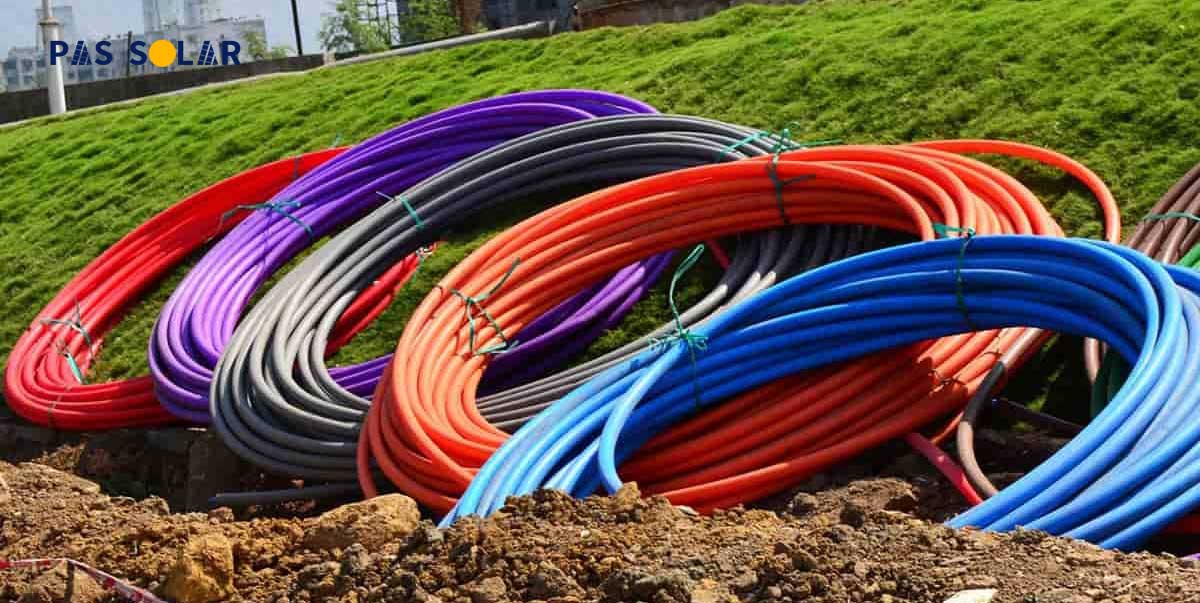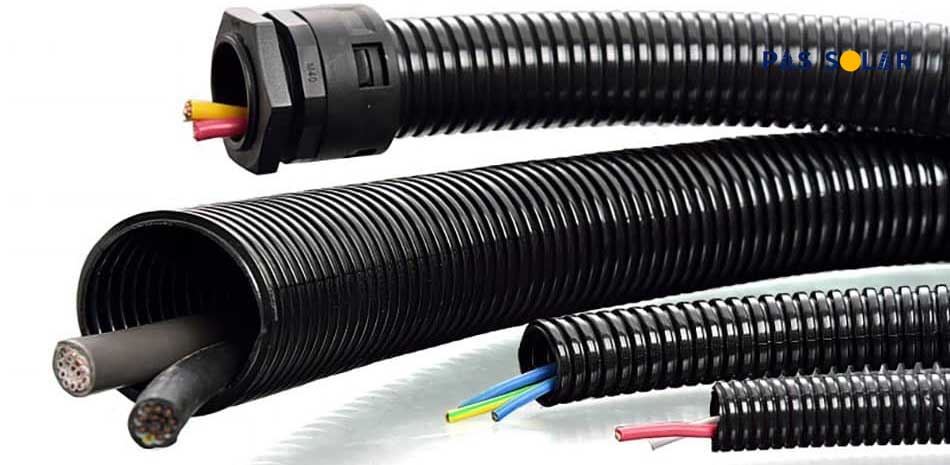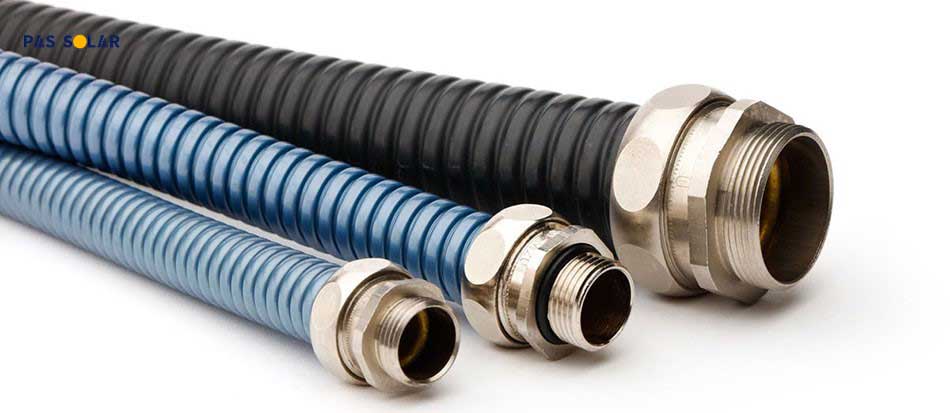Installing solar cable conduit is one task you can’t avoid when you power your home with solar power yourself. If a solar installer ever tries to install a PV system on your home without using a conduit to protect the wiring, you can call the power company and ask “Does PV wire need conduit?”
Or, better yet, read this article and find the answer.
What is the solar cable conduit?
Before we learn how to install conduit, let’s first learn exactly what a solar dc cable conduit is. A conduit is a hard, durable protective tube that completely covers and protects wires or cables used in electrical applications that normally need protection from exposure to sunlight and other elements. You can visit solar panel cables for sale in UAE in pas-solar website.
When installing conduit, the cable is run through conduit tubing and then typically run through walls, under driveways, secured to the outside, and even inside a home. Installing conduit protects cables running through walls, underground, on the roof, or down the side of the house.
Does PV wire need conduit?
In a solar power system without a solar cable conduit, the outside wires could get wet and eventually corrode. Your PV system is likely to sustain extensive and costly damage.
Also, without a PV cable conduit, the wires in the walls could get hot and start a fire. The installation of the conduit is necessary to protect the cables from all elements outside or inside and vice versa.
Solar conduit duct types
Some of the most popular types of conduit used in electrical work include rigid steel, electrical metallic tubing (EMT), rigid non-metallic (polyvinyl chloride – PVC), and flexible metallic and non-metallic conduit. You can purchase all of these different types of conduits from our solar equipment shop in Dubai.
Rigid steel solar cable conduit
A rigid steel conduit is the strongest type of conduit shell and resembles a thick metal tube that is threaded on both ends. Due to its superior strength and durability, a rigid steel conduit is considered one of the best options for protecting cables when installing conduits.
However, this also makes it the most difficult conduit to bend or cut and sometimes requires a professional to do it properly. To cut it yourself, you’ll need a hacksaw or pipe cutter and possibly a clamp or vise to keep it from moving. Cut at a 90° angle.
After cutting (and before PV cable conduit installation), you will need to file any sharp edges and thread the conduit so that you can use threaded couplings, locknuts, and ferrules.
To bend rigid steel conduit, you can use a manual bender or bend it at the factory; however, bending at the factory is much more expensive. For conduit installation in wet or underground areas, galvanized steel conduit is used to prevent moisture and rust.
Electrical metallic tubing (EMT)
An electrical metallic tubing conduit (also known as a thin wall conduit) is similar to the rigid steel type, but the walls are 40% thinner, making them easier to bend but relatively less durable. In other words, an electrical metallic tubing conduit is easier to form but not as strong.
To cut electrical metal pipe conduit, you’ll need a hacksaw or pipe cutter and possibly a clamp or vise to keep it from moving. Cut at a 90° angle. After cutting, you will need to file down any sharp edges before installing the solar cable conduit.
Also, you can visit solar panel suppliers in Dubai from our website.
Rigid non-metallic conduit (PVC)
Rigid non-metallic conduit (also known as PVC conduit) is made of strong plastic and is therefore ideal for running conduit for solar panels and underground conduit installations, including direct burial installation and concrete lining. Installing a conduit made of plastic is cheaper, it is also strong, waterproof, and has a low absorption rate.
Flexible metallic solar cable conduit
Flexible metal conduit is made from steel or aluminum and is typically used for conduit installation in areas where movement or vibration may occur. It can also be used in wet circumstances. To cut it, you are going to need a hacksaw and a clamp or vise to keep it in place.
Solar cable conduit duct installation
Conduit installation consists of measuring the length of the conduit, determining solar conduit size, cutting, threading, and bending it to fit your project requirements, installing the fittings and brackets, securing the conduit in place and installing the couplings/connectors, and connecting it to the outlet boxes, pulling the conductor (wire) through the conduit pipe and making, securing, and testing the connections.





